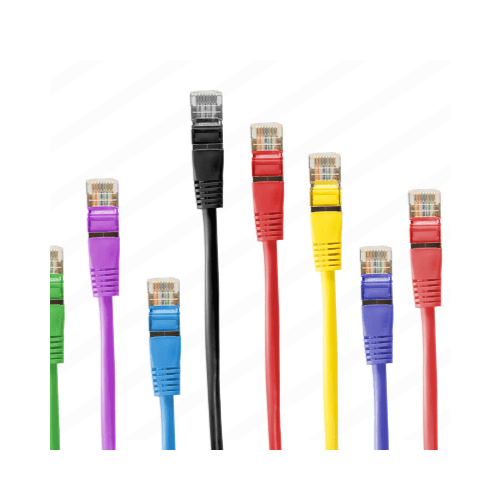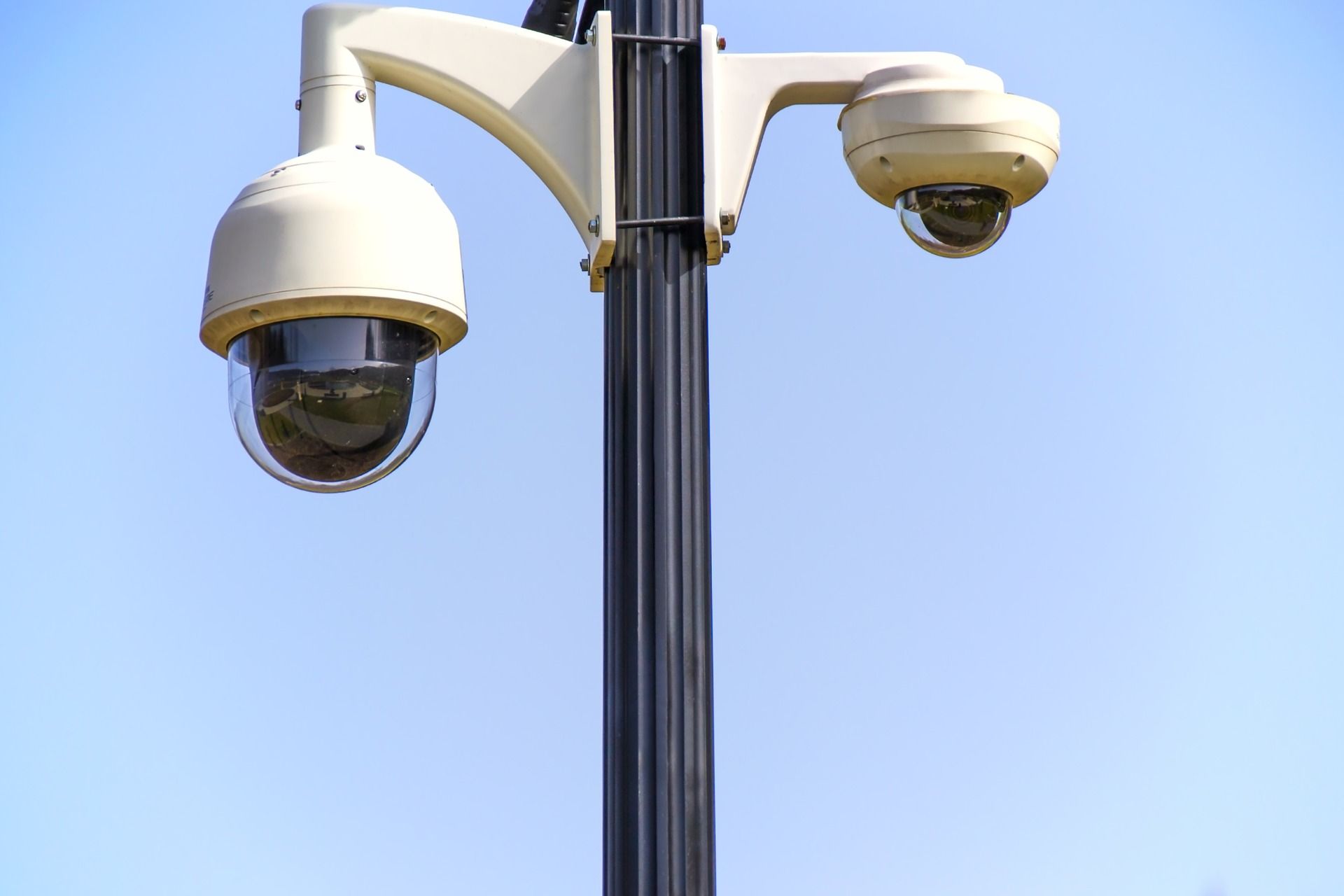New Video Post: "Choosing the Right Data Cable"
Choosing the right cable for your facility can have a long-lasting impact on the performance of the technology systems your organization relies on....
3 min read
![]() DSC
:
December 22, 2020
DSC
:
December 22, 2020

These days just about everything is connected to your company's network. If you're like the majority of today's organizations, you've found that your security and life safety systems are no different. The latest solutions in video surveillance and access control leverage the latest advancements in technology - including the use machine learning and artificial intelligence.
These advances offer game-changing enhancements to the safety to an organization's employees, customers, facilities, and assets. Along with these benefits comes a heightened need for network connectivity.
CAT6 and CAT6E cables deliver significant upgrades over network cables of the past. Comprised of twisted pairs of copper wire, these cables are rated to deliver up to 10Gbps of data speed. That translates to a 10x increase in capacity over the previous generation of CAT5E cables.
Despite this boost in speed, CAT6 cable runs face the same limitations as previous generation cables. With a recommended limit of just over 300 ft, these cables aren't suited for all applications. Additionally, CAT6 cable has the potential to be limited by electromagnetic interference that compromise the integrity of data transmission.
For select applications, fiber may be the ideal remedy to address these limitations.
Fiber optic cables utilize strands of glass to transmit data through light. The glass in these cables can be made from both plastic and glass, each offering unique benefits and potential drawbacks.
Regardless of the form factor, data through light offers some definite benefits. Most notably, light isn't subject a degradation in data quality, as seen in electrical data transmission offer copper wire, delivering a nearly limitless distance for data transmission.
It's worth noting that fiber optic cable solutions most often require a significantly larger financial investment. However, when incorporated into a holistic structured cabling solutions, the efficiency of fiber optics can be the ideal complement to traditional cabling solutions.
Fiber cable is generally classified in two ways.
Single mode fiber is a single strand of glass fiber and has only one mode of transmission. A single-mode fiber with a narrow diameter carries higher bandwidth than multimode fiber. Single mode fiber is better suited than multimode fiber at transmitting data over very long distances. For large organizations interested in networking multiple facilities over long distances, single mode fiber delivers outstanding performance.
Multimode fiber has a larger diameter, and utilizes multiple fibers that promises similar performance to glass cable - but at a lower cost. Ideal for data-intensive audio visual transmission over both short, and medium distances, multimode fiber is ideal for performance and media production inside a singular facility.
In today's structured cabling networks, pairing traditional copper cables with selected fiber optic cable use delivers complimentary, and enhanced performance. So when should you consider the use of fiber? By examining the unique benefits of fiber cabling, you'll have a better idea of when, and why to deploy fiber as a solution for your network.
If your organization's data is the potential target of advanced cyber attacks, the selected use of fiber cabling can help you better secure your network.
Electrically transmitted data delivered over copper wire has the potential to be intercepted by skilled cyber criminals. Fortunately light-based data transmitted over fiber is significantly more difficult to be both intercepted and deciphered. If your network is transmitted sensitive data over short, medium, or long distances, fiber can provide significantly enhanced data security.
Ethernet cables are vulnerable to electromagnetic interference (EMI). If your facility(s) utilizes equipment that emits significant EMI, your network performance can be greatly degraded through the exclusive use of CAT6 cabling.
Data transmitted over fiber cabling is virtually unaffected by EFI. If your organization is transmitting data in vicinity of high voltage equipment, fiber is often a better data transmission solution.
With today's CAT6 cables rated for up to 10Gbps of data speeds, they're the ideal solution for most homes, small businesses, and many single-facility organizations.
Fiber cable may be a better solution if:
Some single strand fiber cables are known to send 1 terabyte of data per second. For companies with multiple network users and a slew of different applications, a fiber connection is a must.
Are you interested in designing, installing or servicing existing fiber optic cabling solutions? The structured cabling experts at DSC are ready to help.
Fiber optic cable can be essential part of a holistic structured cabling deployment, providing you with a reliable and scalable network solution.
Contact DSC today to discuss your structured cabling needs!

Choosing the right cable for your facility can have a long-lasting impact on the performance of the technology systems your organization relies on....

Now more than ever, businesses are turning to technology to increase their facility’s everyday functionality. From high-speed data transfer to...

Many businesses and homeowners use security cameras as a preventative measure to help protect their people, assets, and property. Not only do...